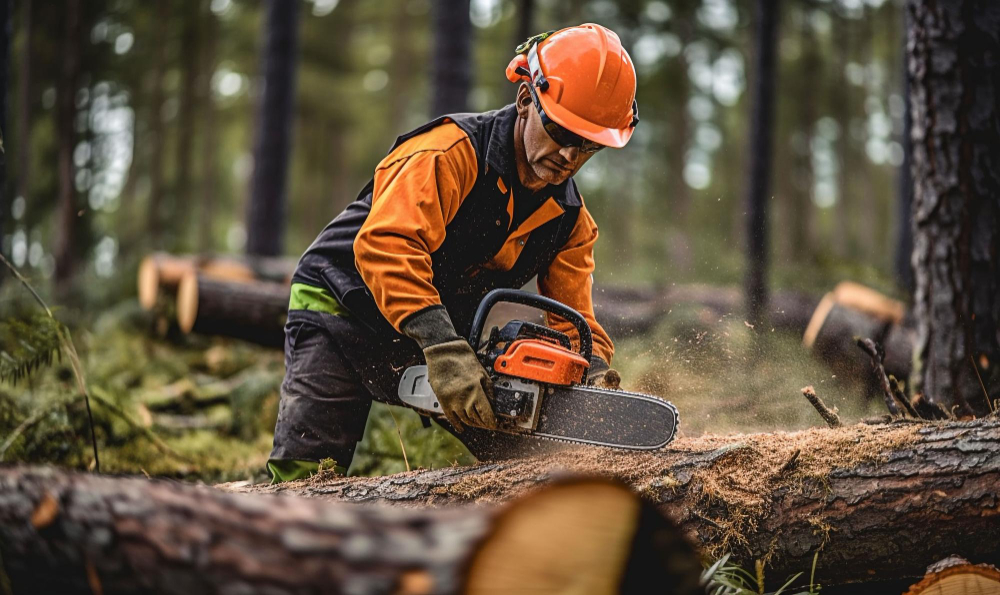In the world of tree management, few professionals are as crucial as the tree surgeon. These arboriculturalists possess a blend of technical expertise, field experience, and a deep understanding of tree health and security. Whether you are a property owner looking to maintain your landscape or a municipality managing urban forests, knowing how an arborist can help is essential. The art and science of careful cutting, combined with a thorough assessment of tree conditions, play a critical role in maintaining the vibrancy and safety of our outdoor environments.
From identifying tree diseases to implementing sophisticated strategies for tree preservation, certified arborists are equipped with the skills needed to tackle a variety of challenges. In this article, we will explore important strategies every arborist should know along with crucial information into their role in arboriculture. By understanding how these professionals operate, you'll be better prepared to make informed decisions about your trees and overall landscape health. Let's delve into the important methods that contribute to enhancing our trees and enhancing our environments.
The Significance of Licensed Arborists
Hiring a certified arborist is vital for a range of factors, primarily as these experts have targeted knowledge and expertise regarding tree care. Their expertise surpasses ordinary landscaping; they comprehend tree biology, physiology, and the individual needs of diverse species. Certification usually requires taking rigorous tests and completing practical experience, making certain that they are adequately prepared to manage the complexities of tree management.
Additionally, certified arborists stay updated on the current industry practices and advancements. They are adept at diagnosing tree diseases, assessing tree health, and applying successful treatments. This expertise not only enables them to protect and enhance the health of trees but also mitigates potential hazards posed by unhealthy or unstable trees. Their ability to accurately evaluate a tree's condition can halt costly damage to property and ensure safety for the surrounding community.
Lastly, choosing a certified arborist offers peace of mind, as these professionals follow sector standards and moral practices. By engaging Tree Service Nassau County who is certified, homeowners can be assured that they are receiving excellent service tailored to the specific needs of their trees. The value of this expertise is evident in situations like storm cleanup, tree risk assessments, and emergency responses, where the right knowledge can make all the change in maintaining tree health and safety.
Important Arboricultural Pruning Methods
Effective tree pruning is vital for maintaining the health and visual beauty of trees. One of the fundamental techniques used by arborists is crown thinning, which requires carefully removing branches to enhance light access and air circulation within the canopy. This approach not only encourages vigorous growth but also reduces the chance of infection by preventing overcrowding, allowing trees to flourish in their environment.
A different important technique is crown reduction, where the size of the tree is reduced without negatively affecting its original form. This method is often applied to lower the size or width of a tree that poses a risk to buildings or power lines. Nassau County Tree Removal cut back the branches to secondary buds, ensuring that the tree remains to grow well. This tactical pruning approach helps preserve the tree's visual appeal while reducing possible hazards related to overgrown branches.
In conclusion, heading cuts can be applied to encourage bushier growth and form juvenile trees. This technique involves cutting back the tips of branches, resulting in a denser, denser appearance. It is especially useful when establishing young trees or promoting branching in ornamental species. Understanding and applying these essential pruning techniques can dramatically enhance tree health and longevity, showcasing the expertise of professional arborists.
Comprehending Tree Vitality and Safety
Ensuring tree health is vital for ensuring both visual appeal and safety in metropolitan environments. Arborists are educated to assess trees comprehensively, detecting signs of tension, disease, or pest issues. Through diligent examination, they can determine the overall well-being of a tree and suggest suitable care methods. This entails scheduled inspections and the execution of adequate maintenance practices that improve tree longevity and resilience.
Security is a paramount concern when it comes to tree care, especially in city areas where trees may pose dangers to individuals and structures. Arborists are trained in evaluating possible hazards, such as dormant branches, loose root systems, or proximity to infrastructure. By using tools like tree hazard assessments, they can advise property owners of any urgent dangers and recommend proactive measures. This could entail trimming for safety, bracing weak limbs, or even taking down when necessary.
Education plays a crucial role in enhancing tree health and security. Arborists not only provide expert care but also share knowledge with the community. They emphasize the value of proper tree management strategies and raise awareness about the critical role trees have in our environment. By equipping individuals with understanding and engaging them in tree care, arborists help foster safer communities and robust urban forests.

